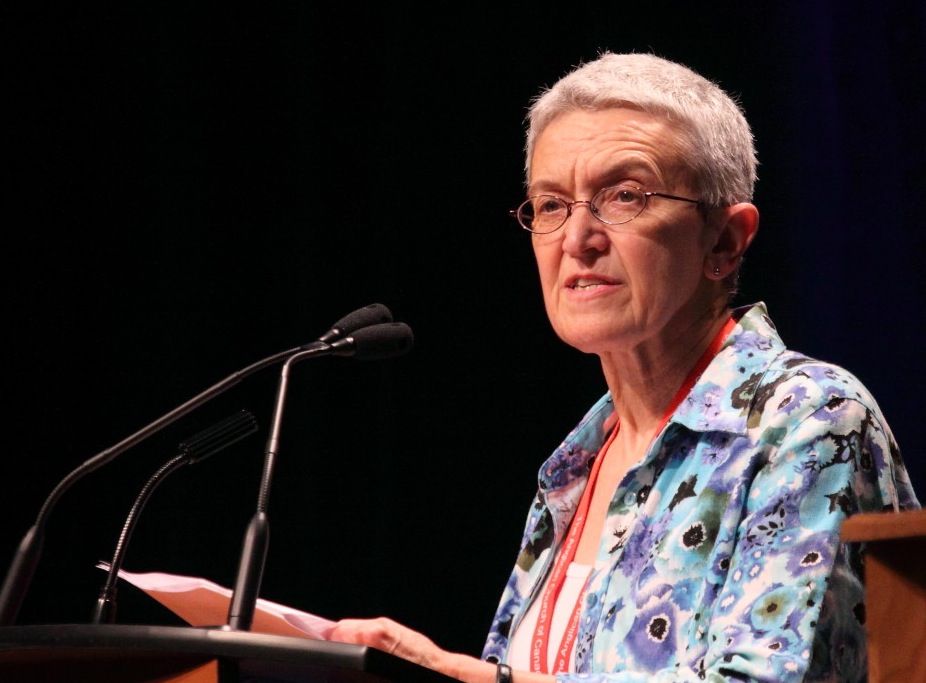 In what appears to be an epidemic of resigning bishops, first Michael Ingham announced his retirement, then James Cowan and now Sue Moxley, bishop of the diocese of Nova Scotia and Prince Edward Island.
In what appears to be an epidemic of resigning bishops, first Michael Ingham announced his retirement, then James Cowan and now Sue Moxley, bishop of the diocese of Nova Scotia and Prince Edward Island.
These three bishops have all presided over the instigation of same-sex blessings in their respective dioceses and now, having accomplished their mission and set the cat among the pigeons, are bidding us adieu and leaving their successors to cope with the fallout.
From here:
Bishop Susan “Sue” Moxley, known to many Anglicans in Canada and overseas for her passion for social justice and church renewal, has announced she will retire in March 2014.
By then, Moxley will have served in an episcopal role for 10 years—three years as suffragan (assistant) bishop and seven as diocesan bishop for the diocese of Nova Scotia and Prince Edward Island. She also will have served as an active priest in the Anglican Church of Canada for 29 years. In 2007 Moxley, then 61, made history by becoming the first female bishop elected in her diocese, and the second female bishop to lead a diocese across the Canadian Anglican church.













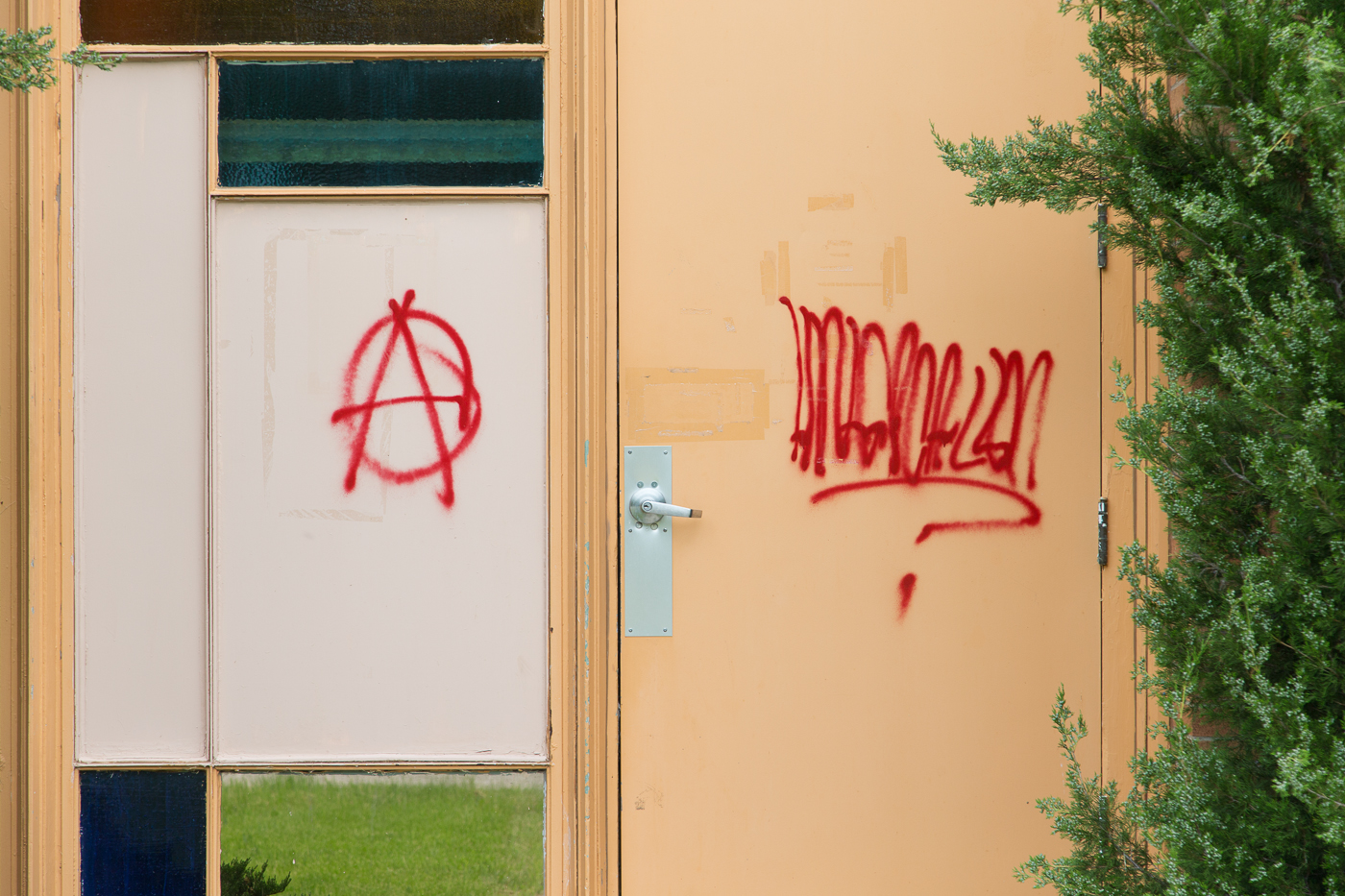
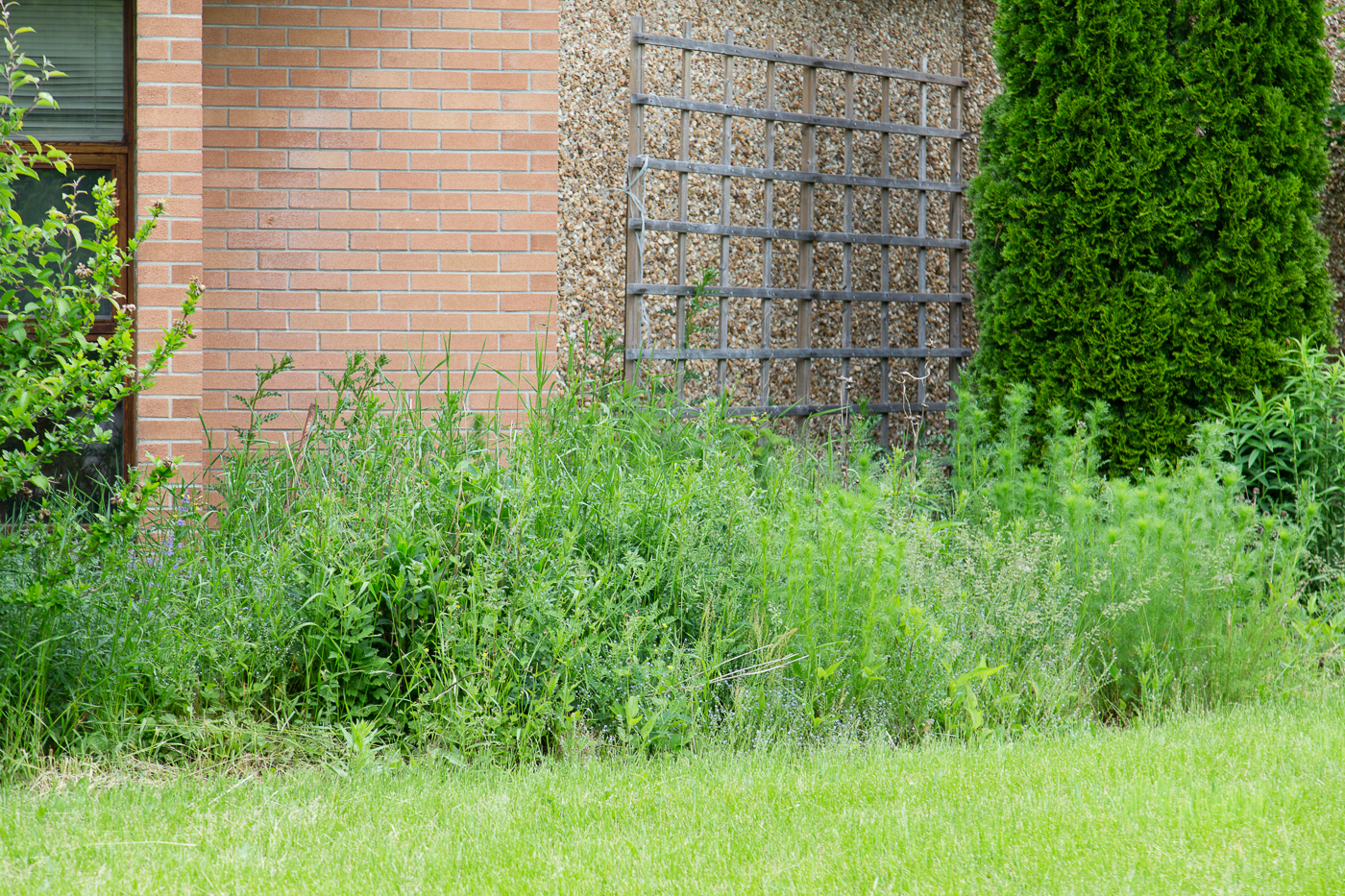
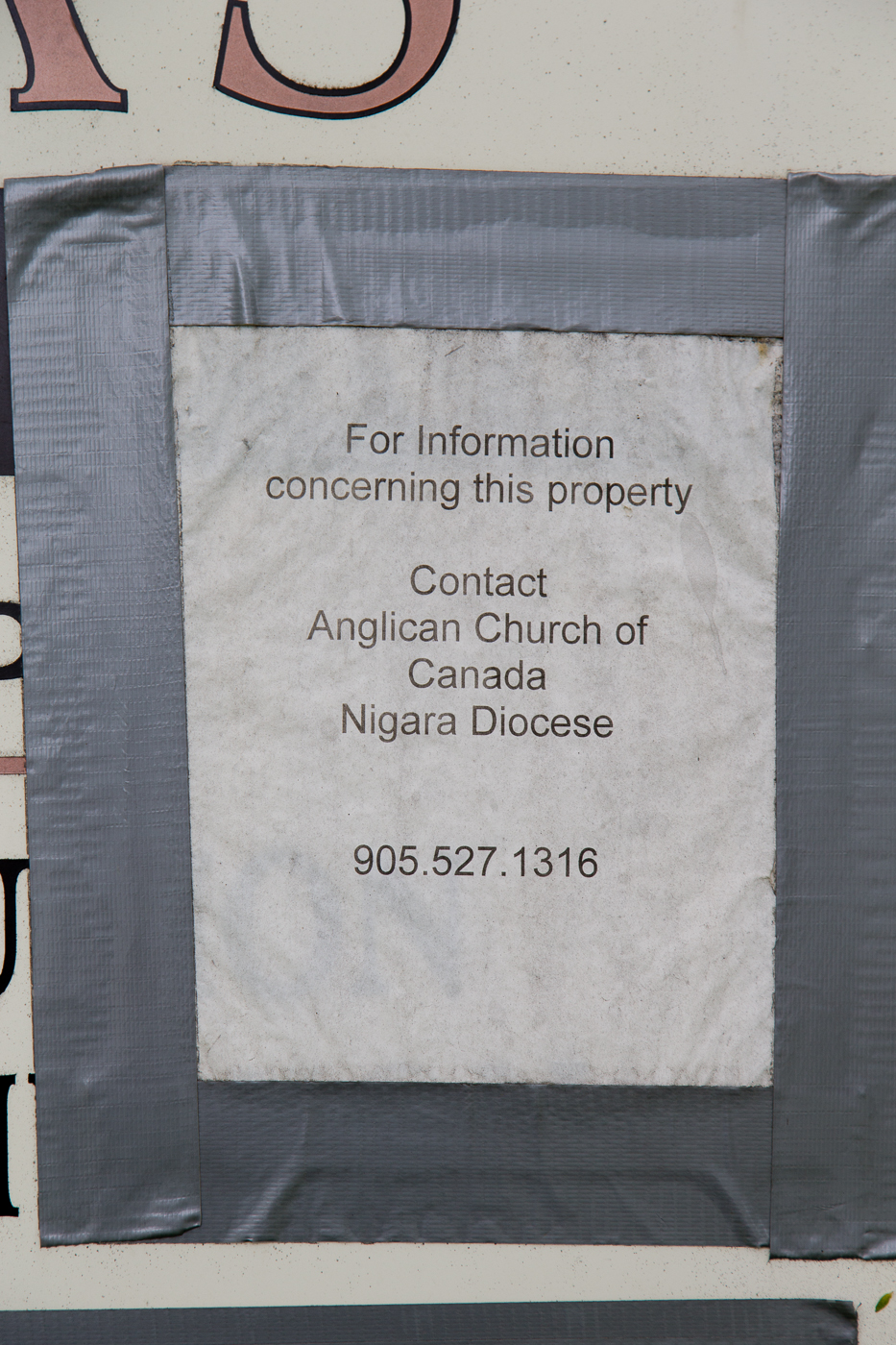
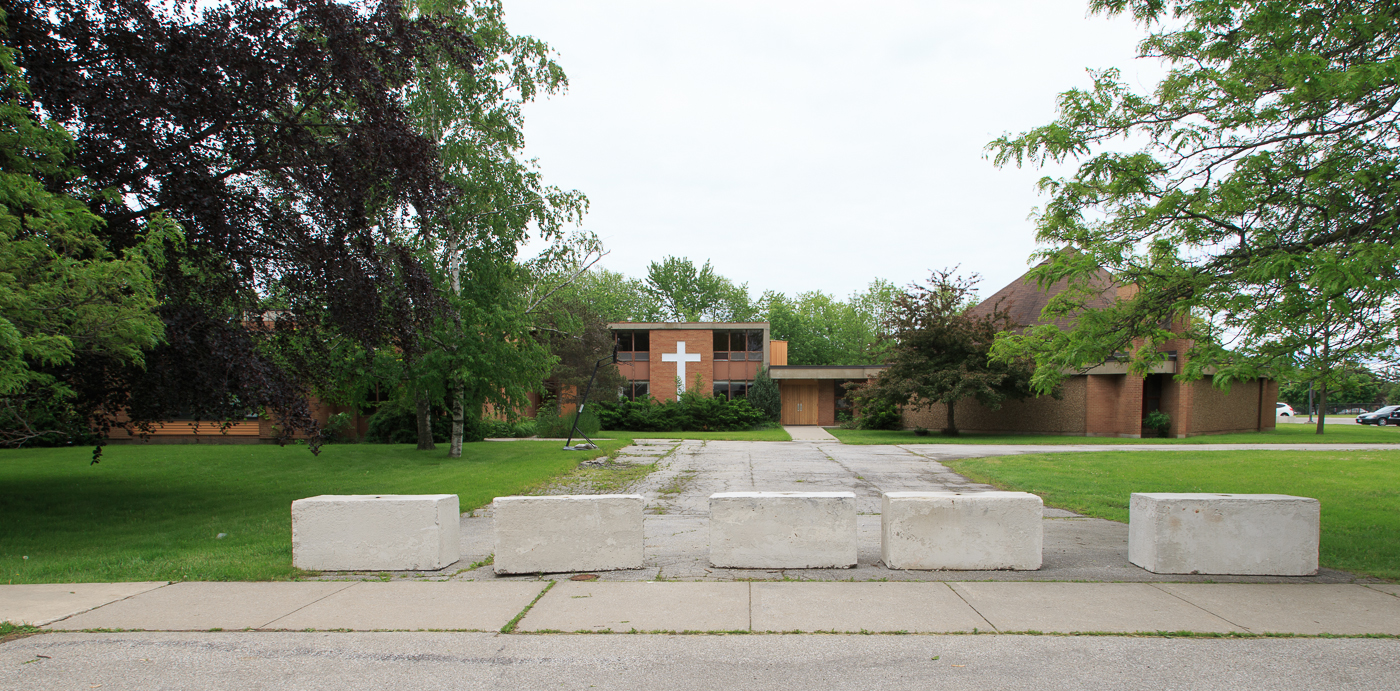
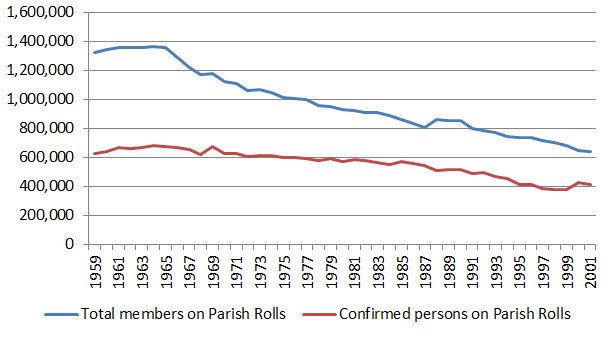
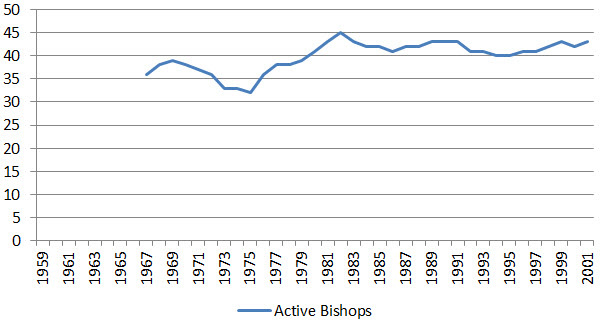
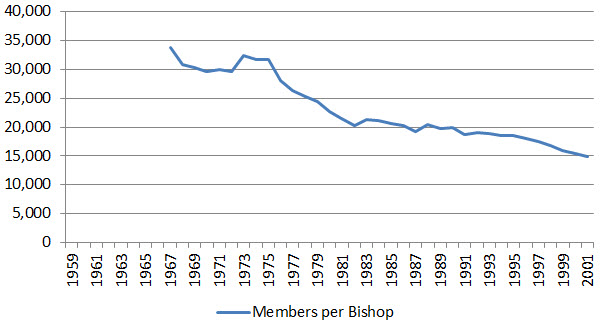
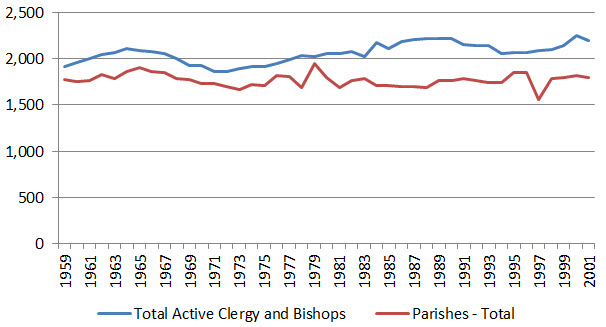
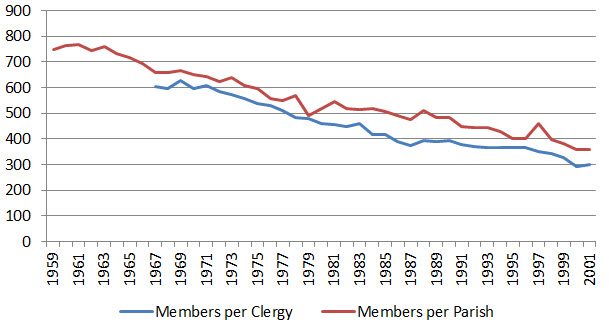
 Anglican tea and plant sale
Anglican tea and plant sale